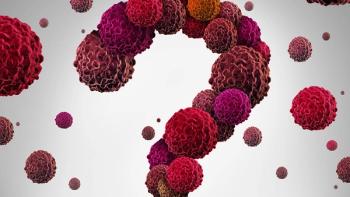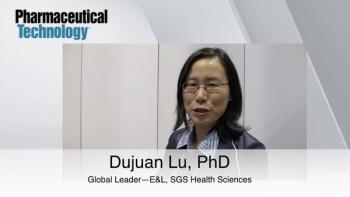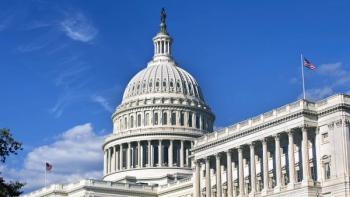
Guidance documents and interaction with FDA can help manufacturers stay in GMP compliance, says Siegfried Schmitt, VP Technical, at Parexel.

Guidance documents and interaction with FDA can help manufacturers stay in GMP compliance, says Siegfried Schmitt, VP Technical, at Parexel.

The new draft guidance from FDA provides recommendations for sponsor companies on cell safety testing of human-origin allogeneic cells.

This article explores a grouping strategy for therapeutic peptides incorporating theoretical and experimental methodology and results to define a practical and scientifically justified cleaning procedure.

Compliance can be greatly improved by concentrating on the basic elements of CAPA investigations, advises Kate Rice, global quality systems manager, Nelson Laboratories, and Susan J. Schniepp, distinguished fellow, Regulatory Compliance Associates.

The authors discuss subjectivity in the ICH Q9 (R1) guidance document.

The license holder should negotiate, educate, contract, and then oversee the transportation contractor, says Siegfried Schmitt, vice president, Technical at Parexel.

Validating computerized systems is required to demonstrate adherence to data integrity, says Susan J. Schniepp, distinguished fellow at Nelson Laboratories, LLC.

Reviewing regulatory documents, such as 483 forms and Warning Letters, can aid in determining a facility’s inspection readiness, says Siegfried Schmitt, vice president, Technical at Parexel.

The US District Court for the District of Massachusetts entered a consent decree of permanent injunction against Pharmasol Corporation for distributing adulterated drugs.

Final product inspection results should be included as part of the batch release documentation, says Susan J. Schniepp, distinguished fellow at Nelson Laboratories, LLC.

Dujuan Lu, PhD, global leader—E&L, SGS Health Sciences, discusses the differences in how E&L study design should be approached based on whether the study is following ISO or USP standards.

Re-evaluating the basics of mAb production may be beneficial for the biopharma industry as a whole.

USP offers strategies to minimize residual impurities in downstream processing.

There are key elements that should be covered when dealing with third-party auditors, according to Siegfried Schmitt, vice president, Technical, at Parexel.

Laks Pernenkil, principal and practice leader, US Life Sciences Product & Supply Operations, Deloitte, discusses the impact that digitalization is having on data generation and data integrity in bio/pharma manufacturing.

Glycosylation analysis can provide a deep and nuanced understanding of immune cell phenotype and function.

Experts discussed how to transform companies into learning organizations at the 2023 PDA/FDA Joint Regulatory Conference.

Audits and inspections both assure that requirements have been fulfilled and whether documented proof is available, says Siegfried Schmitt, vice president, Technical at Parexel.

The guidance can help both applicants and manufacturers limit the mutagenic and carcinogenic potential of NDSRIs.

Advanced analytical tools generate more data in today’s labs than ever before.

The more information shared, the smoother the approval process, says Susan J. Schniepp, distinguished fellow with Regulatory Compliance Associates.

Cold chain stakeholders continue to innovate with new technology development, the use of advanced modeling and analytics capabilities, and the pursuit of strategic partnerships.

Problems continue despite actions by regulators to better prevent and address drug shortages.

FDA Warning Letters and Form 483s can offer a path to better compliance, says Siegfried Schmitt, vice president, Technical, at Parexel.

Under the €35 million (US$37 million) investment, MilliporeSigma will expand its sites in Glasgow and Stirling, Scotland, to increase biosafety testing for drug development and commercialization.